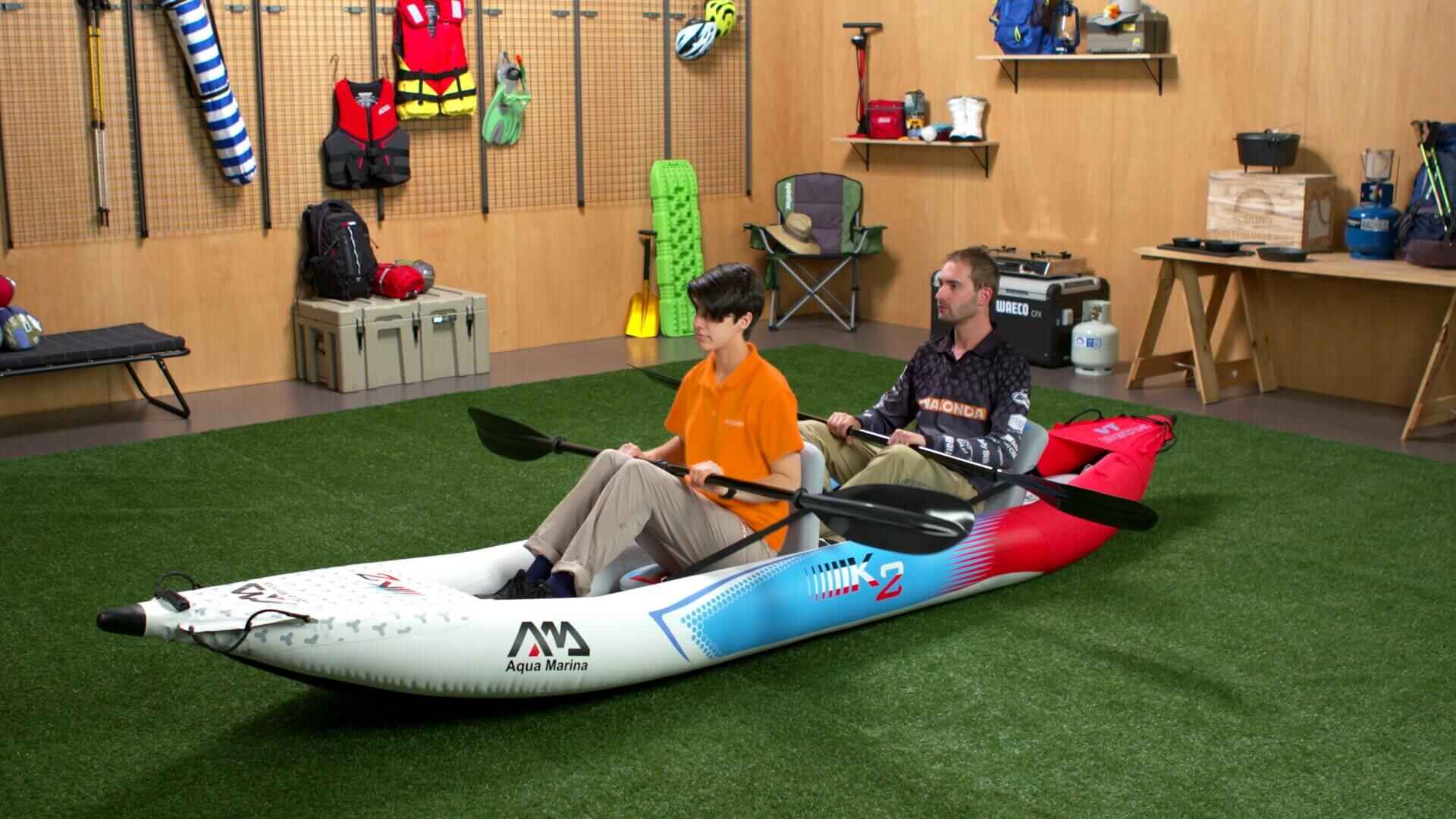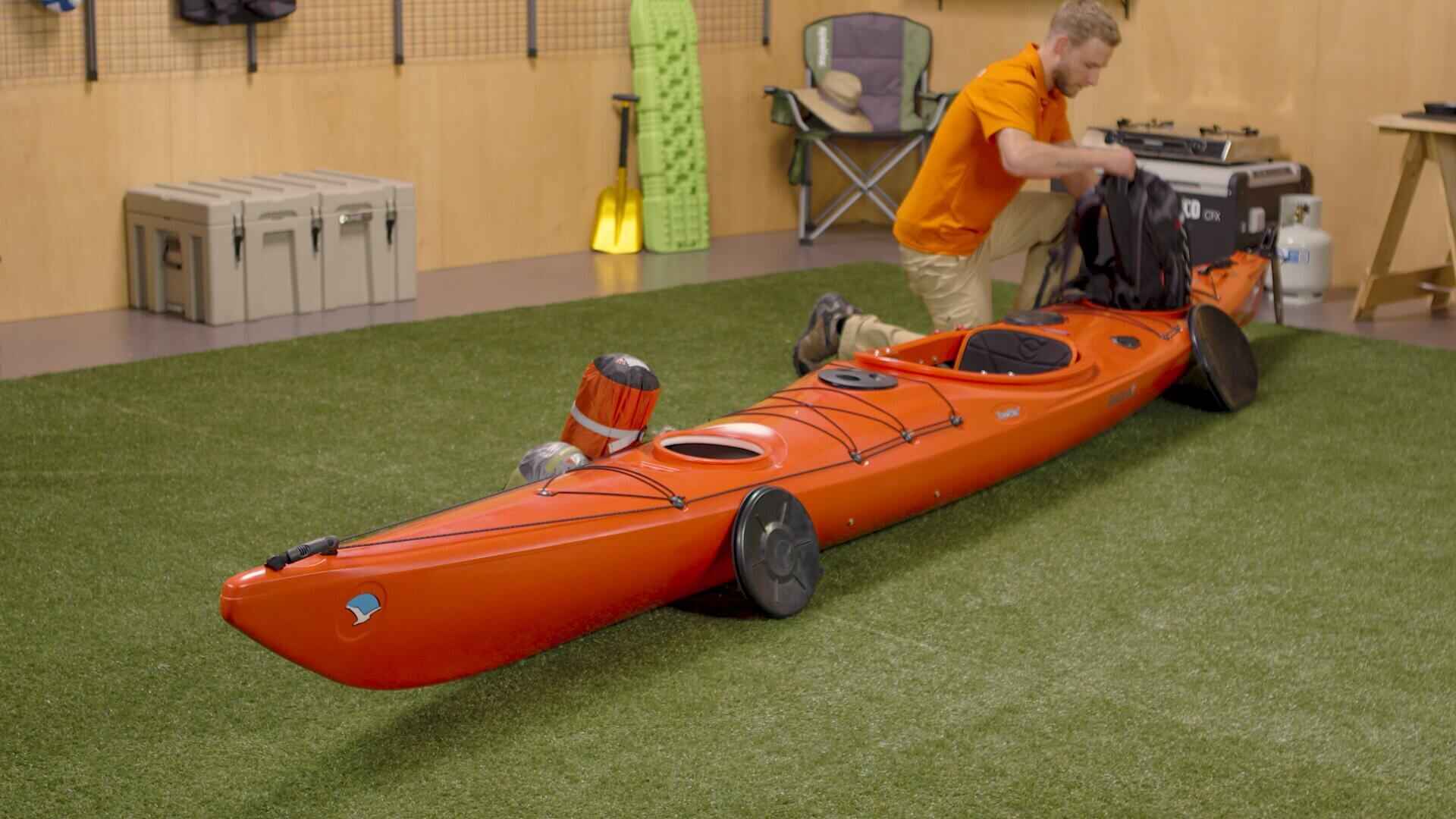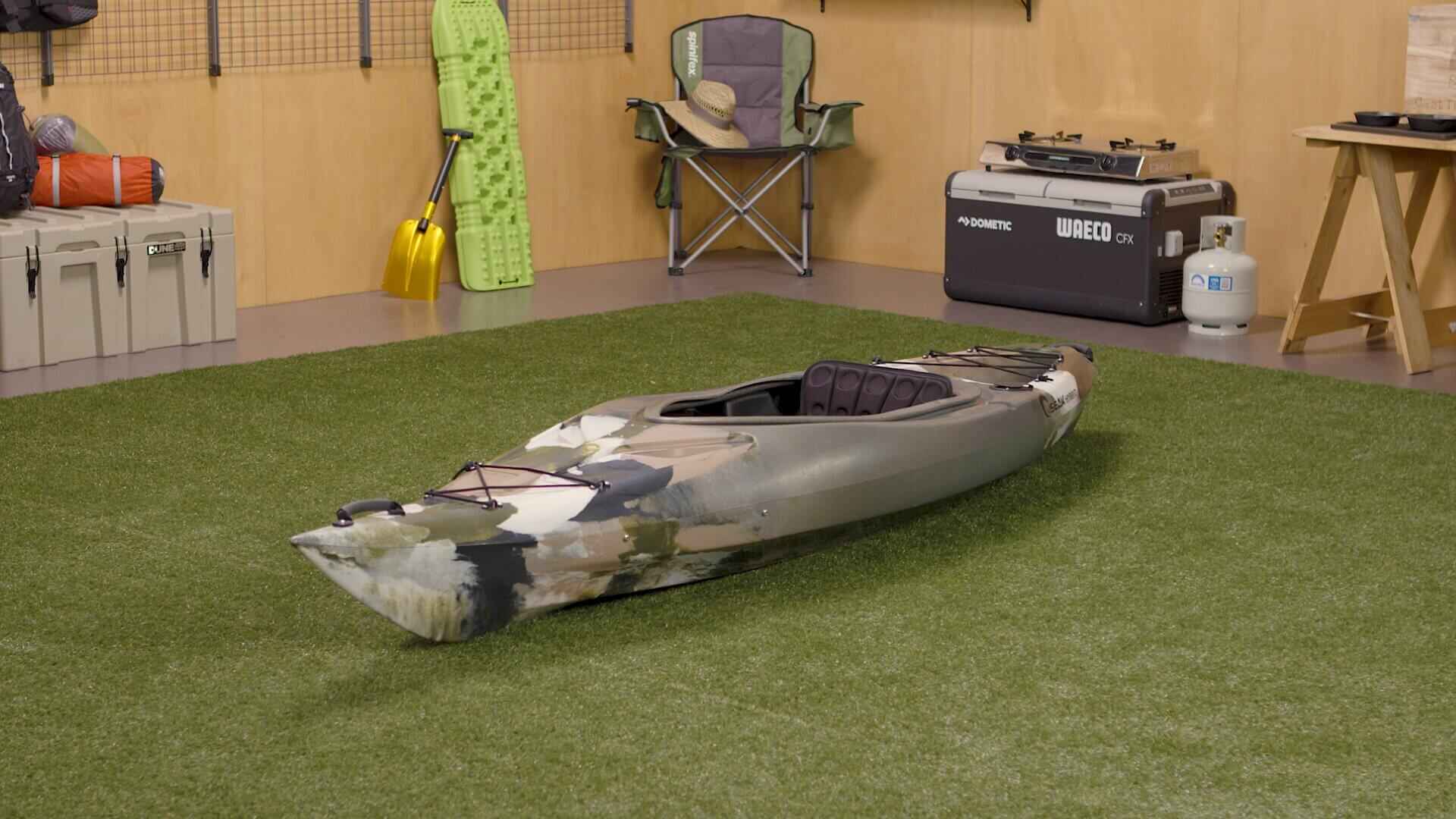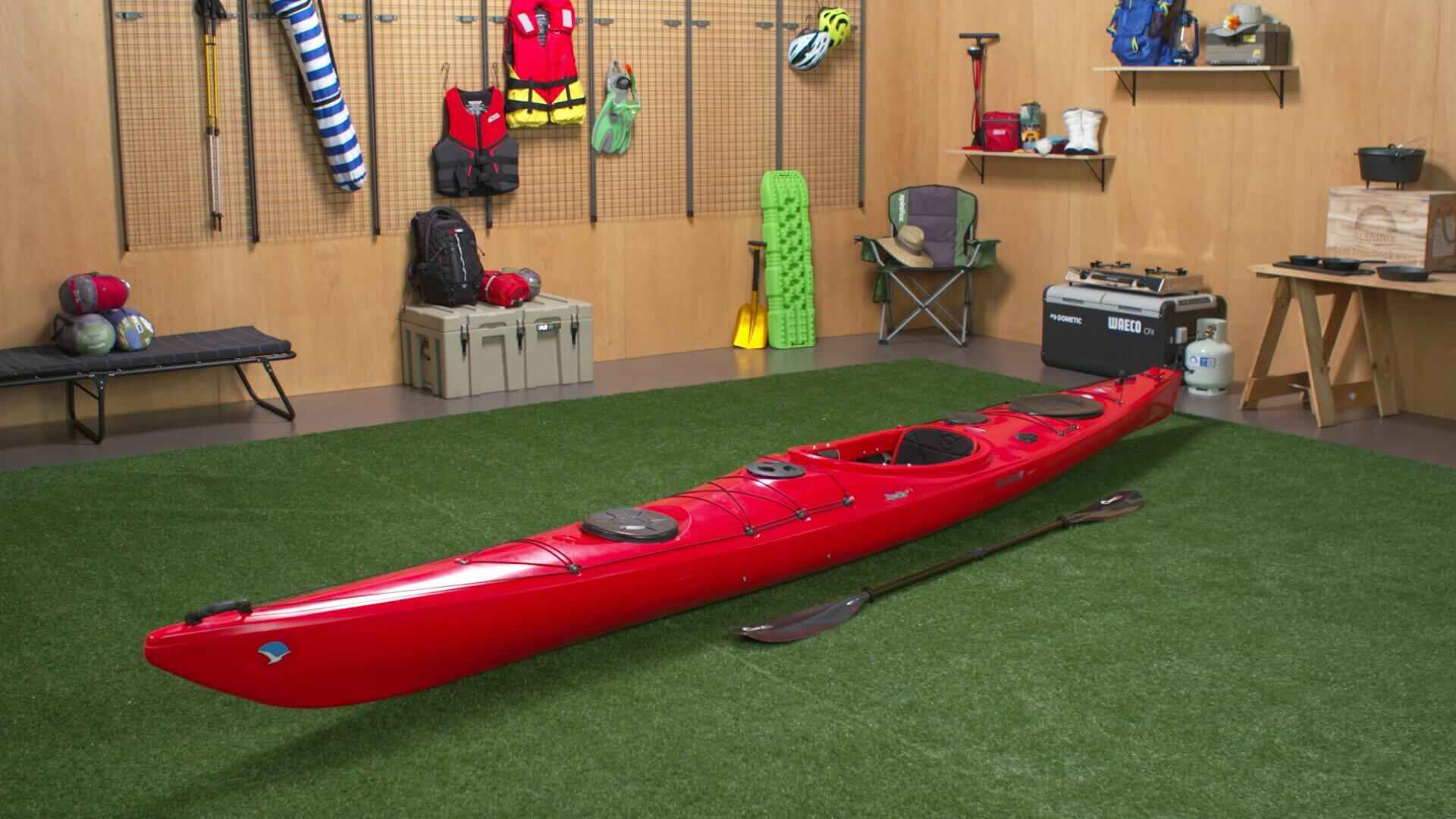| Your browser is not supported. | ||
|
Please browse our site using any of the following options:
| ||
The Ultimate Guide To Choosing The Best Kayak
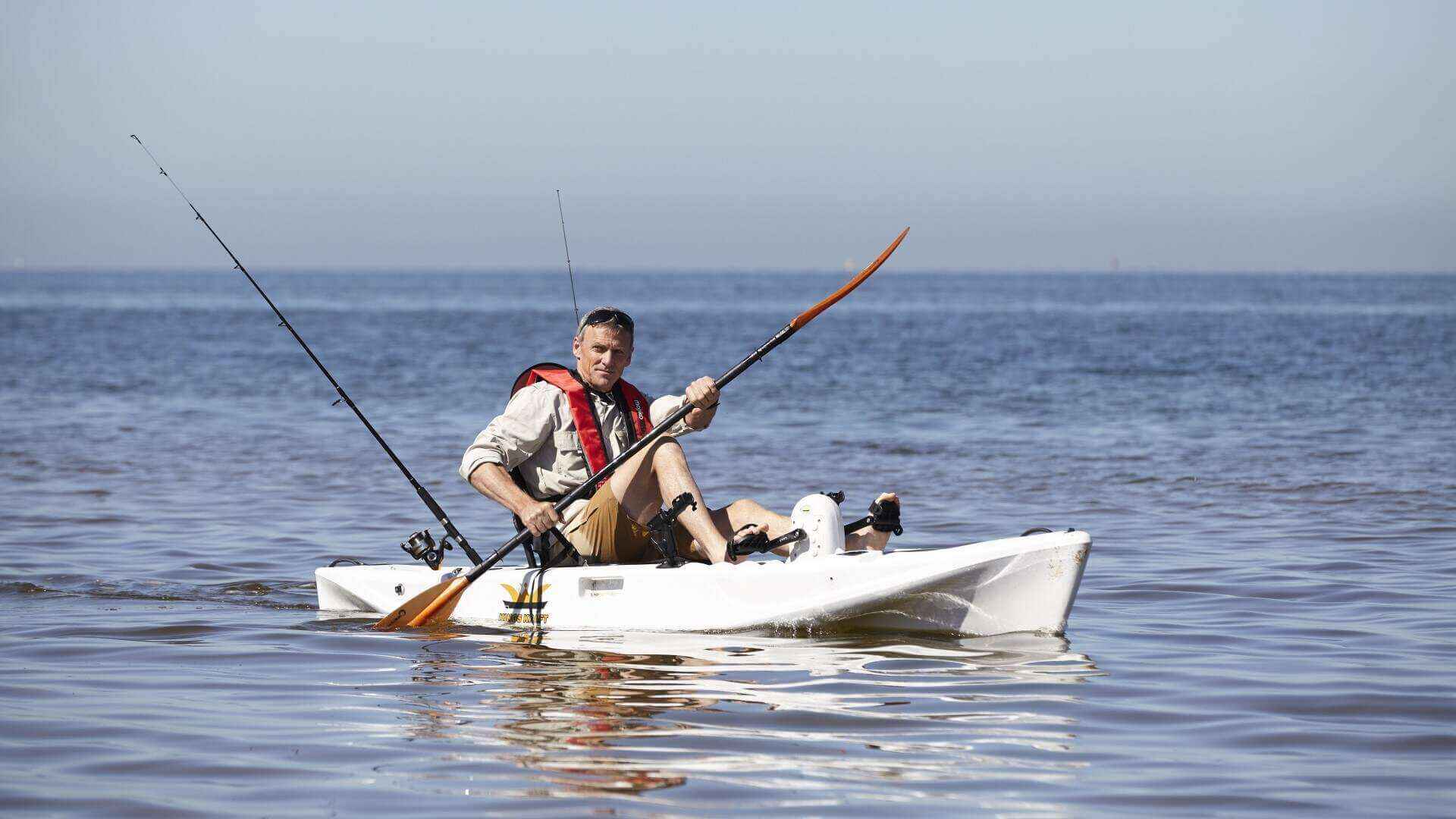
Kayaking is a great way to keep fit while having fun and taking in nature's beauty. It helps you get away from it all, unwind in the fresh air and find special secluded locations. Whether you want to exercise, fish, sightsee or just have some fun, with your own kayak you can go for a paddle in the ocean, lake, river or canal any time you like. It gives your arms and abs a good workout too, so grab your paddle and let's dive in!
Quick Links
- How Do I Choose Which Kayak to Buy?
- Type Of Kayaks
- Choosing A Kayak For A Specific Activity
- How To Choose The Right Kayak Size, Length & Shape?
- What Is the Best Material For A Kayak?
- How To Choose A Kayak Paddle
- What Is The Best Kayak For Beginners?
How Do I Choose Which Kayak To Buy?
Everyone's different, so what's best for one person might not suit someone else. The best kind of kayak for you depends on:
- Who'll be using the kayak (kids or adults? How tall, heavy, fit and experienced are they?)
- Where you will be using the kayak (in wide-open still waters or narrow river rapids?)
- When you're going kayaking (in warm summer weather or on cold winter days?)
- Your previous kayaking experience (are you a beginner, experienced or an advanced racer?)
- How often you'll be using the kayak and for how long (rarely or every weekend for years?)
- How long do you want it to last for (a few summer days or years of beach days and camping?)
- Whether you can transport it to and from the water (do you have/need roof racks? A trolley?)
Type Of Kayaks
Kayaks come in a range of styles, each designed to give you a unique adventure. Whether you're after speed, stability, or exploring tight spots, there's a kayak for every kind of paddler. From beginner sit-on-tops to nimble sit-in models and even convenient inflatable kayaks, there's a world of kayak types to explore!
Sit-on-top kayaks
Sit-on-top kayaks feature a wider build that makes them more stable and easier to balance than sit-in kayaks, so they're perfect for beginners and kids who want a fun and safe way to enjoy still waters or flowing rivers. They're open on top, which allows water to splash onto the kayaker, they have holes to drain the water that splashes in when you're paddling.
If you fall off, sit-on-top kayaks are easier to get back into, so they're great for adventurous paddlers. Ideal for warm weather fun, sit-on-tops can accommodate one or two kayakers in a tandem or double configuration.
Sit-in Kayaks
A sit-in kayak features a capsule design where you sit inside, keeping your bottom half dry. When a skirt or cover is added around your waist, it helps keep water out, making it ideal for cold weather paddling as it keeps you warm and dry.
Typically narrower and longer than a sit-on-top kayak, a sit-in kayak excels at speed and distance, making it perfect for open water activities like paddling on lakes and bays. The design also allows you to brace your knees for more powerful paddle strokes and gives you a lower center of gravity, enhancing steering precision.
Sit-in kayaks are great for fitness enthusiasts who want to paddle long distances and they're particularly suited for sea kayaking or navigating rapids. However, if you fall out, you'll need to return to shore to get back in. These kayaks are generally designed for solo paddling.
Inflatable Kayaks
An inflatable kayak offers the convenience of being deflatable, so it can fit inside your car without the need for roof racks. When you're ready to use it, you simply inflate it with a manual pump, making it an easy option for paddling adventures on the go.
Inflatable kayaks are great for calm, still water or very gentle rapids but aren't as fast or easy to steer as hard kayaks. You can choose between single or tandem models designed for one or two kayakers. Like all inflatable products, they can be prone to punctures though, which may affect their longevity.
Choosing A Kayak For A Specific Activity
Choosing the right kayak for your adventure is all about matching the gear to your activity! For a relaxed day on the water, a recreational kayak is perfect - it's stable, easy to handle and great for casual paddling. If fishing is your thing, go for a fishing kayak that's designed with more space, stability and extra features to help you reel in your catch. And if you're looking to explore long distances and open waters, a touring kayak's sleek design and speed will get you where you want to go, comfortably and efficiently.
Recreational Kayaks
A recreational kayak is perfect if you're paddling just for fun. It's stable, easy to steer and relatively comfortable, making it an excellent choice for casual outings on the water. These kayaks are ideal for beginners and kids, providing a smooth introduction to the sport.
Recreational kayaks are great for lakes, rivers or open coastal waters. Sit-in models are perfect for still-water lakes or cold days on the ocean, keeping you dry and warm. On the other hand, sit-on-top recreational kayaks offer more stability in moving waters like rivers, giving you the confidence to enjoy the current with ease.
Touring Kayaks
A touring kayak is perfect for all-day sightseeing and longer paddles focused on fitness. It's a fantastic way to explore rivers, lakes and other waterways, offering access to secluded places that can't be reached by road or trail. With ample storage space, it's great for keeping your food and camping supplies dry on longer trips.
These kayaks do have a weight limit, so be sure to weigh your gear and factor in your own weight to ensure you stay within the capacity. For lunch or overnight trips, you can secure your touring kayak with an anchor, allowing you to enjoy your breaks without worry. While touring kayaks are generally shorter, making them easier to transport, they're still built for both beginners and experienced paddlers. A wider kayak offers more stability, making it easier to balance. Some touring kayaks even feature foot-controlled rudders for smoother steering, adding an extra level of convenience to your adventure.
Fishing Kayaks
A fishing kayak provides quick and easy access to deeper waters, making it an affordable alternative to buying and maintaining a boat. It's lightweight, durable and easy to manoeuvre, perfect for anglers who want to get to the action without hassle.
These kayaks are designed with convenience in mind, often featuring built-in rod holders and usually a paddle holder. Some models include central-mount rod holders or accessory mounts, allowing you to add tools like a fish finder. There's plenty of space for your bait, gear and all your catches too.
Fishing kayaks can come with backrests (often with built-in rod holders), or you can purchase one separately for added comfort. The design also varies - shorter kayaks are easier to steer, while longer ones are faster, making them better for long-distance trips. A wider kayak that you sit on offers more stability, which is great for standing up, while a narrower sit-inside model is better suited for those looking to cover more ground. While any kayak can be used for fishing, these features make the experience more comfortable and efficient.
How To Choose The Right Kayak Size, Length & Shape?
The shape of your kayak needs to match the type of kayaking you're doing and your experience level. Length, width and hull design all affect performance and comfort, so it's important to choose wisely.
- Length: Shorter kayaks are easier to control and more stable, making them great for beginners or those looking for a more relaxed experience. Longer kayaks, on the other hand, are faster and better for covering longer distances on calm waters.
- Width: A slim kayak is faster but less stable, ideal for those seeking speed and efficiency. A wider kayak provides more stability but can be harder to steer, which makes it better for beginners or those paddling in more turbulent waters.
- Long, Narrow Kayaks: These kayaks are fast but can be harder to manoeuvre. They're not as stable as shorter, wider kayaks, but they excel at long, straight distances and are best suited for large, open waterways. A rudder can be added to improve control, making them ideal for sea kayaking.
- Short, Wide Kayaks: These kayaks are stable and easy to manoeuvre, perfect for narrow, winding rivers or fast-flowing canals. They're slower than long, narrow kayaks but are best suited for kayaking in whitewater rapids.
- Weight: Lighter kayaks are generally faster and easier to transport, making them a great option for those looking to move quickly or cover long distances.
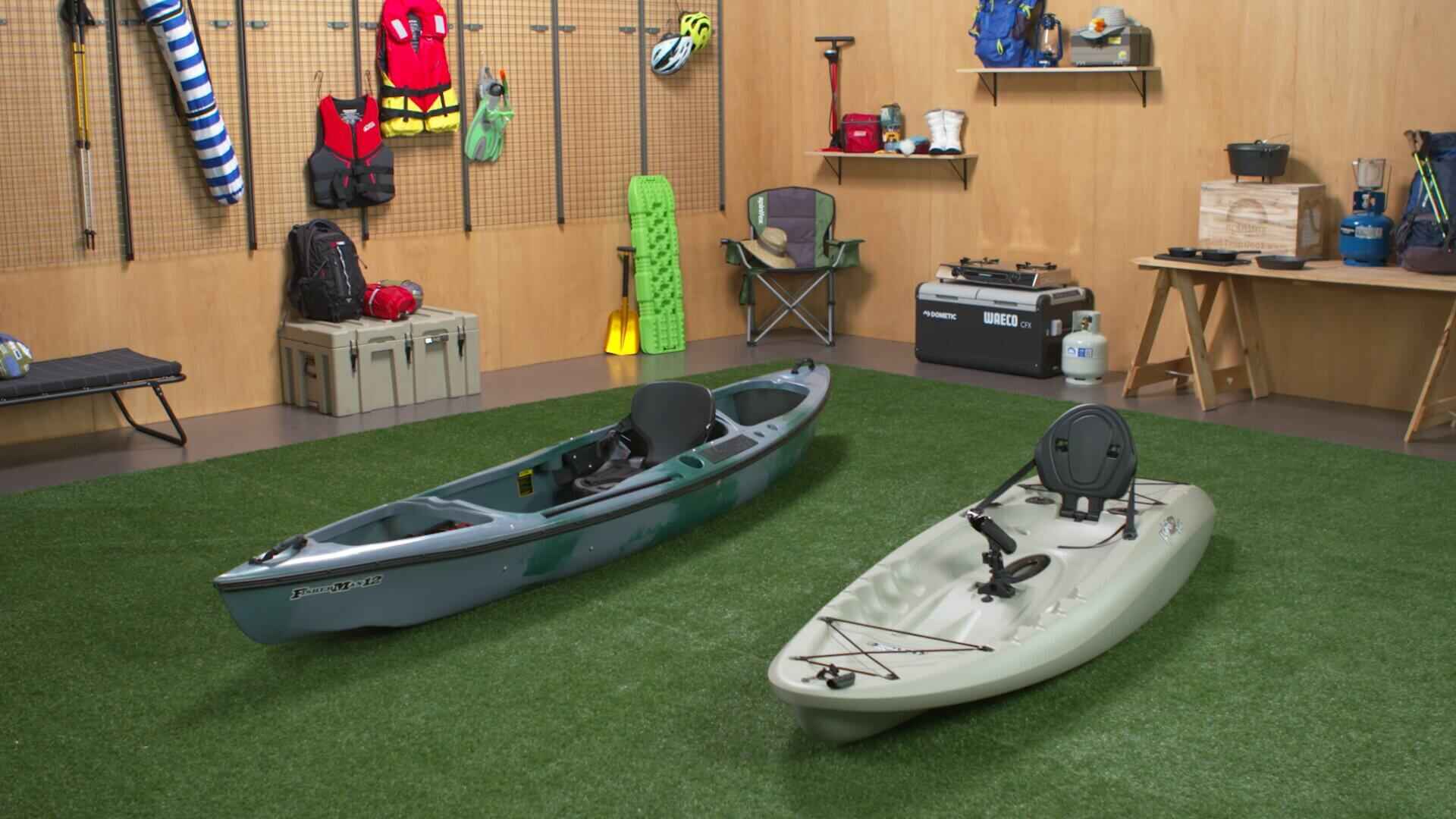
- Hull Design: The shape of the kayak's underside (the hull) also impacts its performance:
- V-shaped hulls cut through the water efficiently, providing a straight-line path but are less stable.
- Flat hulls provide more contact with the water, offering greater stability and easier turning.
- A blend of both, where the kayak is V-shaped at both ends and flat in the middle, combines the benefits of speed and stability.
- Rocker: The amount the hull curves from front to back, known as the rocker, also plays a role. A greater rocker makes a kayak easier to manoeuvre but slower, while less rocker results in a faster, more efficient ride but can make turning more difficult.
- Backrest: Some kayaks come with built-in back support for added comfort and less fatigue. If not, you can always purchase a separate lumbar support to make your time on the water more enjoyable.
What Is The Best Material For A Kayak?
Kayaks and paddles can be made from different materials, and each one has its pros and cons.
Plastic or Aluminium Kayaks
These are the most affordable options, and they're both durable materials so they're suitable for beginners. On the downside, they can be heavy and feel cold in winter.
Fibreglass Kayaks
Fibreglass is light and easy to carry, and it's tough and long-lasting. It's a good choice for frequent paddlers.
Carbon Fibre Kayaks
Carbon fibre is the strongest of all kayak materials, and it's quite light for how long-lasting it is. It's best for keen kayakers who want years of use.
Inflatable Materials
To reduce the risk of punctures, inflatable kayaks are usually made from tough PVC or the latest Kevlar.
Kayaks With Built-in Wheels
Some kayaks have built-in wheels to make getting your kayak to and from the water easier. If your Kayak doesn't have wheels, you can always get a kayak trolley (sold separately).
How To Choose A Kayak Paddle
Having the right paddle makes kayaking an easier and more enjoyable experience. The best kayaking paddle for you depends on your strength and trip length, and your paddling style.
Your strength and trip length
Every time you paddle you're using your arm, back and stomach muscles, so even if you're strong get the lightest paddle you can so your arms don't tire too quickly. On long trips with thousands of strokes, a paddle that's too heavy will slow you down.
Your Paddling Style
For speed, you'll want a paddle with a large blade that's designed for efficiency. Look for an asymmetric shape, which helps the blade cut through the water more effectively. A slightly curved blade also aids in speed by allowing it to glide through the water quicker. Additionally, a feathered paddle - where the two blades face different directions - reduces wind resistance. This design helps prevent the paddle in the air from slowing you down.
Smaller differences in the blade angles are easier on your wrists, while larger angles help the paddle cut through the water more quickly. Some paddles even let you adjust the blade angles to suit your personal style and needs. When paddling, it's best to hold the paddle more vertically and higher in the water to maximise efficiency.
For slower paddling, which is ideal for kids and beginners, you'll want the opposite. A symmetrical blade with straight sides and non-feathered blades - where both blades face the same way - provides a more stable, easy-to-use paddle that's less demanding and easier to control.
Adjustable paddles
Adjustable paddles offer versatility by allowing you to lengthen, shorten, and rotate them to suit different paddling conditions and paddlers. This makes them a great option for kayakers who want flexibility, especially if multiple people are sharing the same kayak. With an adjustable paddle, everyone can find a comfortable fit.
Some adjustable paddles can even be split into two parts, making them easier to carry and transport. However, it's important to maintain them properly-be sure to wash them in fresh water after each use to prevent the joint mechanism from getting rusty. While adjustable paddles offer convenience, they may not last as long as single-piece paddles due to the wear on the joint mechanism.
Paddle safety
To ensure you're not stuck out in the ocean or up the creek without a paddle, attach your paddle to your wrist or leg with a paddle leash and pack a spare paddle or two (especially in rapids/moving waters).
What Is the Best Kayak for Beginners?
The best kayak for beginners is typically one that's stable, easy to control and comfortable to paddle. Consider a sit-on-top or recreational kayak - both offer great stability and are perfect for those just starting out. These kayaks are forgiving on the water, making it easier to learn the basics and build confidence. With features like wide hulls and comfortable seating, they'll keep you paddling smoothly through calm lakes or gentle rivers. Plus, they're loads of fun!
Play More & Pay Less With Kayaks & Water Sports Essentials From Anaconda
Make sure you have everything you need for your next adventure by exploring our entire range of life jackets, paddles, swimwear, roof racks and storage, and more online at Anaconda, or visit your local store! For more tips on kayaking and water sports check out our articles below:
